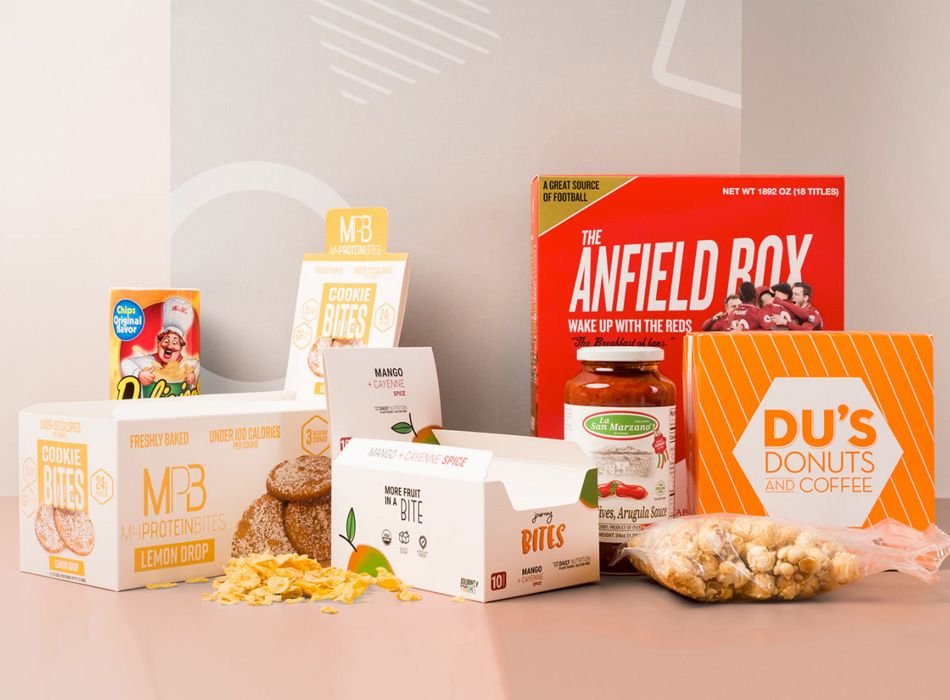In recent years, the food packaging industry has witnessed an exciting development with the introduction of antimicrobial inks. These inks are not just a technological advancement; they represent a significant shift towards enhanced safety and efficiency in food packaging. This article delves into the world of antimicrobial inks and their transformative impact on food safety.

Understanding Antimicrobial Inks
Antimicrobial inks are specially formulated inks that contain agents designed to inhibit the growth of bacteria and other microorganisms on the surface of the food packaging. This is crucial in preventing contamination and extending the shelf life of food products.
Why Are They Important?
The primary role of antimicrobial inks is to ensure that food packaging remains free from harmful microorganisms. This is particularly vital in today’s market where food safety is a top priority for consumers and regulatory bodies alike.
The Science Behind Antimicrobial Inks
The effectiveness of antimicrobial inks lies in their composition. These inks incorporate antimicrobial agents such as silver ions, which are known for their ability to destroy a wide range of bacteria by disrupting their cellular processes.
How Do They Work?
When applied to packaging materials, these inks create a protective layer that prevents microbes from proliferating. This is achieved through mechanisms such as disrupting microbial cell walls or inhibiting their protein synthesis.
Benefits of Using Antimicrobial Inks in Food Packaging
The benefits of using antimicrobial inks are manifold. Not only do they enhance food safety, but they also boost consumer confidence and extend the shelf life of food products, reducing food waste.
Enhancing Food Safety
By reducing the risk of contamination, these inks ensure that the food products remain safe for consumption over a longer period. This is especially beneficial for perishable items.
Boosting Consumer Confidence
Consumers are increasingly aware of the importance of food safety. The use of antimicrobial inks signals to consumers that a brand is committed to maintaining high safety standards. Learn more about how food safety in packaging can impact marketing strategies.
Reducing Food Waste
By extending the shelf life of products, antimicrobial inks contribute to a significant reduction in food waste. This is an important step towards sustainability in the food industry.
Applications of Antimicrobial Inks in the Food Industry
The applications of antimicrobial inks are vast. They can be used in various types of packaging, including plastic, metal, and paper-based materials. These inks are particularly useful in the packaging of ready-to-eat meals, dairy products, and fresh produce.
Plastic Packaging
Plastic remains one of the most common materials used in food packaging. Antimicrobial inks ensure that plastic packaging provides an additional layer of protection against microbial threats.
Metal Packaging
For metal food packaging, these inks are essential in preventing contamination of canned goods. Learn more about the role of inks for metal packaging.
Challenges and Considerations
Despite the numerous benefits, there are challenges in the adoption of antimicrobial inks. These include regulatory approvals, cost implications, and the need for further research to ensure long-term efficacy.
Regulatory Approvals
Ensuring that these inks comply with food safety regulations is crucial. This includes rigorous testing to confirm that they do not negatively affect the food they are in contact with.
Cost Implications
The initial cost of integrating antimicrobial inks into packaging processes can be high. However, the long-term benefits often outweigh these costs, especially when considering the reduction in food waste and enhanced safety.
Research and Development
Ongoing research is essential to improve the efficiency of these inks and to explore new antimicrobial agents that can be incorporated into the inks.
Future Prospects of Antimicrobial Inks
The future of antimicrobial inks in food packaging looks promising. As technology advances, we can expect even more effective formulations and broader applications across the food industry.
Technological Advances
With advances in nanotechnology, the development of more potent antimicrobial agents is on the horizon. These innovations will enhance the protective capabilities of these inks.
Wider Adoption
As awareness of the benefits of antimicrobial inks grows, their adoption across the food industry is expected to increase. This will lead to safer food packaging solutions globally.
For more insights on safe packaging practices, visit food-safe inks.
Conclusion
The introduction of antimicrobial inks in food packaging is a groundbreaking development. By enhancing food safety, boosting consumer confidence, and reducing waste, these inks are set to play a crucial role in the future of the food packaging industry. As we move towards a more sustainable and safe food supply chain, antimicrobial inks will undoubtedly be at the forefront of this transformation.

FAQ
What are antimicrobial inks?
Antimicrobial inks are inks infused with agents that prevent the growth of harmful microorganisms on packaging surfaces.
How do antimicrobial inks benefit food safety?
These inks create a barrier on packaging that reduces contamination and extends the shelf life of food products.
Are antimicrobial inks safe for all types of packaging?
Yes, they can be applied to various materials, including plastic, metal, and paper-based packaging, ensuring versatile protection.
This article contains affiliate links. We may earn a commission at no extra cost to you.






